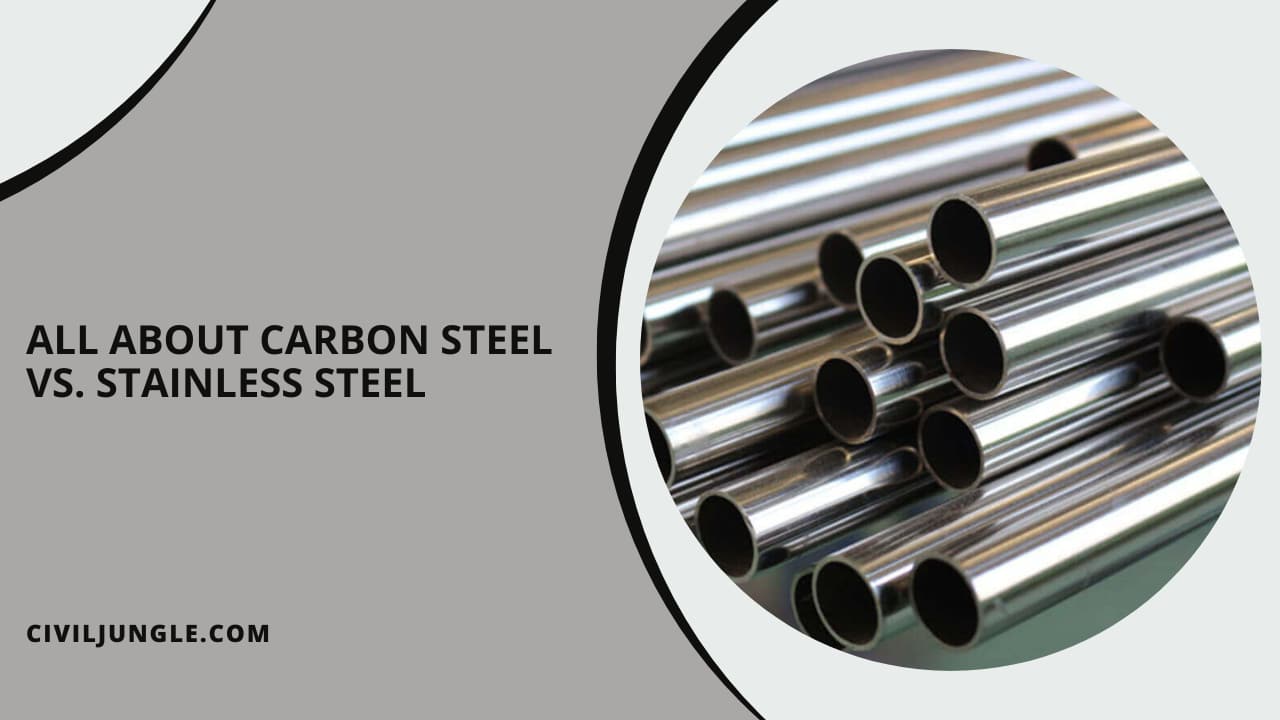
What Is Carbon Steel?
Important Point
One of the trendy and widely used construction materials in the world contains steel. Steel are many types, and carbon steel is one of them.
Steel, which contains over 0.8% of carbon, can be classified as high carbon steel. This particular steel is approximately very hard and brittle. So it is likely to break smoothly when it is used inappropriately.
Also, read: Estimation for Building Works | Centre Line Method | Long and Short Wall or Out and in to in a method
Type of Carbon Steel
Steel, which contains carbon as the main alloying component, is known as carbon steel. Based on the content of its basic component, it can be classified as follows.
1. Low or Mild Carbon Steel
Low or mild steel contains 0.16-0.29% of carbon. This variety of steel is used for various uses as it is cheap compared to the other types of steel.
Mild steel has relatively lower durability and strength as it contains a lesser amount of the main component. Used in places when a large amount of steel is required, this variety of steel is applicable for various construction purposes.
2. Medium Steel
Another notable variety of carbon steel which is quite strong and resistant. It is generally used for automotive components and large metal structures.
3. High Carbon Steel
This variety of steel is very strong and is generally used for manufacturing high-strength wires and springs.
4. Ultra-High Steel
These steels are mainly used for non-industrial purposes as it is very hard and strong. It is used to produce axles, knives, and other hard materials.
Benefit of Carbon Steel
- This unique difference in steel has considerably many advantages compared to other types of metals. Its usage and features may change according to individual purposes.
- Because of its immense strength and durability, it is used to build masonry nails and cutting tools. Steel with a high content of carbon has huge hardness levels.
- It is, as a result, used in many industries to manufacture metal cutting tools and machinery.
Also, read: Bar Bending Schedule Formulas As Per IS:2502-1963 | Unit Weight of Steel Bars
What Is Stainless Steel?
It is a mix of low carbon steel and chromium. It is the chromium content that provides the metal with its anti-corrosion and ‘stainless’ qualities.
Stainless steel is a steel mixture with chromium in it. It has a minimum of 11% chromium. It is various from carbon steel due to it has the chromium present it helps to stop the corrosion of the metal.
With carbon steel, it corrosion quickly when it is exposed to the air or moisture.
Also Read: Is Concrete Stronger Than Steel
The Melting Point Range of Stainless Steel:
Fe (Pure iron) has a fixed melting point of 1535°C, Cr (chromium) 1890°C and Ni (nickel) 1453°C compared to a range of 1400-1450°C for type 304 SS (stainless steel).
Also, read: What Is Construction Contract | Types of Engineering Contracts | Percentage-Rate Contract
Type of Stainless Steel:-
Martensitic Steel: Chromium and Carbon
Austenitic Steel: Chromium-Nickel Alloys
Ferritic Steel: Plain Chromium Steels
Duplex Steel: a Mixture of Austenitic and Ferritic
Precipitation Hardening Steel: Chromium-Nickel
Benefit of Stainless Steel
- One of the benefits of stainless steel is such it has a high resistance to scaling and corrosion. It is known to be one of the most hygienic materials available on earth as it is non-porous in nature.
- It is quite easy to clean and maintain. It is, therefore, widely used in industries, hospitals, and other places that require clean and hygienic materials.
- Stainless steel is appearing sophisticated as it exudes a brilliant and clean appearance. It has superior durability and strength when compared to other materials.
- Selecting a suitable type of steel for a project is one of the most important decisions to make. However, before deciding between individual grades, you must first decide which type of steel to use, such as carbon steel or stainless steel.
Also, read: Curing In Construction | Concrete Cure Time | Methods of curing
Differences Between Carbon and Stainless Steel
- Corrosion Resistance
- Mechanical Characteristics
- Appearance
- Cost Effect
1. Corrosion Resistance
The most obvious difference between carbon steels and stainless steels is their ability to resist corrosion. Stainless steels, as the name suggests, are generally more resistant to two sheets of steel.
Both carbon sheets of steel and stainless steel contain iron that oxidizes when exposed to the environment, causing rust.
Chromium added to stainless steel makes it more corrosion resistant than carbon steels. Chromium will attach itself to oxygen more easily than iron.
When chromium attaches to oxygen, it forms a chromium oxide layer that protects the rest of the material from corrosion and corrosion.
Carbon steel usually does not have enough chromium to form this chromium oxide layer, allowing oxygen to bond with iron resulting in iron oxide or corrosion.
So if corrosion resistance is an important factor, then stainless steel is the way to go.
2. Mechanical Characteristics
It is difficult to make a comprehensive statement about the difference in mechanical properties between carbon steels and stainless steels because each has many different types and grades.
Stainless steels can be more ductile than carbon steels because they usually have higher nickel content. However, stainless steel has very brittle grades, such as martensitic grades.
Carbon steels with very small amounts of carbon do not match the tensile strength of some stainless steels due to alloying elements, which have several stainless steel grades that increase its strength.
3. Appearance
If the job requires an aesthetic appeal, then the presence of metal must be considered. Especially finish stainless steels are generally preferred when cosmetic appearance is a factor.
Although both can be sanded and polished to look shiny, shiny, carbon steel requires a clear coat or paint after the polishing process.
If not implemented, carbon steel will begin to tarnish and eventually rust. Also, if the stainless steel is scratched, it will retain its luster in the scratched area, while a painted piece of carbon steel will have to be repainted, or it will be subject to corrosion.
Also, read: Difference Between Carpet Area and Built-up Area
4. Cost Effect
Although the costs of different grades vary, stainless steel is generally more expensive than carbon steels. This is due to the addition of a variety of alloying elements in stainless steel, including chromium, nickel, manganese, and others.
These additional elements add to the increased cost of all carbon steels. Carbon steel, on the other hand, is mostly made of relatively inexpensive iron and carbon elements.
If you are working on your next project with a tight budget, then carbon steel may be the best option.
Advantages of Using Carbon Steel in Construction
The advantages of using high carbon steel for construction applications include:
- Durability. The biggest benefit of carbon steel is its durability.
- Sustainability. Carbon steel is sustainable and easy to recycle and reuse.
- Affordability.
- Safety.
Benefits of Stainless Steel in Construction Projects
7 Benefits of Stainless Steel
- Corrosion Resistance. One of the best and most well-known characteristics of stainless steel is that it is extremely corrosion resistant.
- Fire and heat resistance.
- Hygiene.
- Impact resistance and strength.
- Aesthetic appearance.
- Sustainability.
- Long term value.
Carbon Steel Vs. Stainless Steel Strength Comparison
Compared to low-carbon steel, stainless steel offers a massive upgrade in strength, hardness, and most importantly corrosion resistance. High carbon steel offers strength rivaling and sometimes exceeding stainless steel, but is largely a niche material in the manufacturing world.
Cost-Effectiveness of Using Carbon Steel in Construction
Using carbon steel in construction is a cost-effective option for many applications. Carbon steel is a widely used material in the construction industry due to its favorable combination of strength, durability, and affordability. Here are some factors that contribute to its cost-effectiveness:
- Material Cost
- Strength and Durability
- Availability
- Ease of Fabrication
- Versatility
- Life Cycle Cost
Longevity of Stainless Steel in Construction Applications
The benefits of a long service life are particularly valuable in bridge structures, which are conventionally designed for lives of 70-100 years. Stainless steel is 100 percent recyclable and can be indefinitely recycled into new high quality stainless steel.
Carbon Steel Vs Stainless Steel
Carbon Steel is stronger and less expensive, but it is prone to corrosion. Stainless steel, on the other hand, offers excellent corrosion resistance, making it suitable for applications where hygiene and aesthetics are important, although it is generally less strong than carbon steel. The choice between the two depends on the specific requirements of the application.
Alloy Steel Vs Stainless Steel
Alloy steel is known for being stronger and more durable than other types of steel. This makes it ideal for applications where high levels of stress or wear and tear are expected. Stainless steel, on the other hand, is not as strong as alloy steel but is more resistant to corrosion.
Mild Steel Vs Stainless Steel
Stainless Steel provides considerable resistance towards corrosion, whereas Mild steel does not, it requires further coating preventing rust. Stainless steel is more strengthen than Mild steel. Stainless Steel exhibits more hardness than mild steel, as Stainless steel contains chromium and nickel.
Carbon Steel Vs Stainless Steel Knife
Carbon Steel Knives offer excellent sharpness and edge retention but require more maintenance to prevent corrosion. Stainless Steel Knives have better corrosion resistance, are easier to maintain, and are suitable for tasks that require durability and resistance to impacts.
Steel Vs Stainless Steel
Mild steel is alloyed using carbon whereas stainless steel has chromium as its alloying element. The 2 different alloys produce very different results in corrosion resistance, malleability and ease of fabrication and cost. It is this key difference that separates the 2 different kinds of steel.
What Does Stainless Steel Contain?
In addition to chromium, stainless steels are made with alloys of silicon, nickel, carbon, nitrogen, and manganese. Nitrogen, for example, improves tensile properties like ductility. Nickel is added to austenitic steel to improve flexibility.
How Many Types of Steel?
Most people believe that steel is just a set combination of iron and carbon. But there are in fact over 3,500 different grades of steel! You can determine the grade of steel by analyzing the quantity of carbon in it, the other alloying elements it includes as well as how it’s processed.
How Much Carbon Is in Stainless Steel?
Composition of Stainless Steel
Steel is an alloy of iron and carbon. Stainless steels are steels containing at least 10.5% chromium, less than 1.2% carbon and other alloying elements.
Like this post? Share it with your friends!
Suggested Read –
- Floating Slab Vs Monolithic Slab
- IS 456 Most Important Point Part- 1
- Top 10 Tiles Companies in India 2021
- Top 10 Construction Companies in the USA
- What Does Parapet Mean | Types of Parapet Wall | Uses of Parapet Wall
- What Is FSI | What Is FAR | What Is Premium FSI | FSI Full-Form | FAR Full Form
- What Is Plaster | Plaster Ratio | History of Plastering | Requirements of Good Plaster
- What Is a Flight of Stairs | Types of Stairs | How Many Stairs in a Flight | Some Facts About Stairwells
- What Is Floating Slab| Floating Slab Construction | How to Build a Floating Slab | Advantages & Disadvantages Floating Slabs
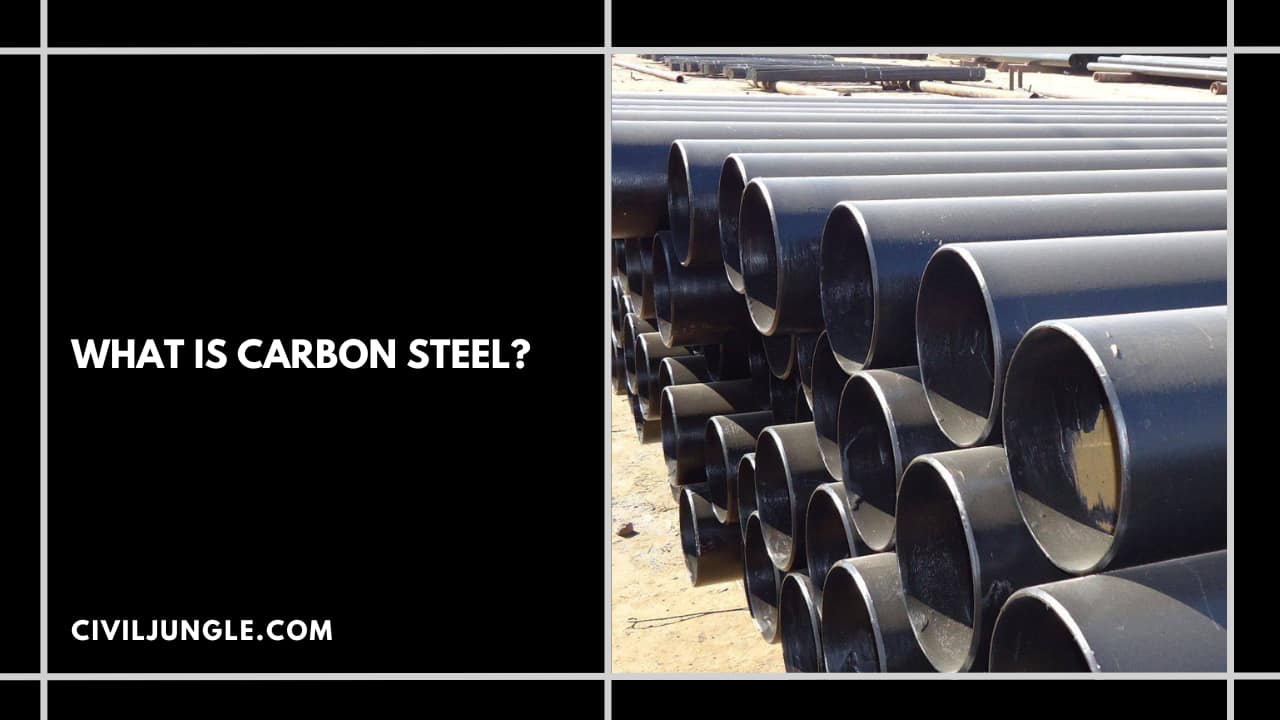
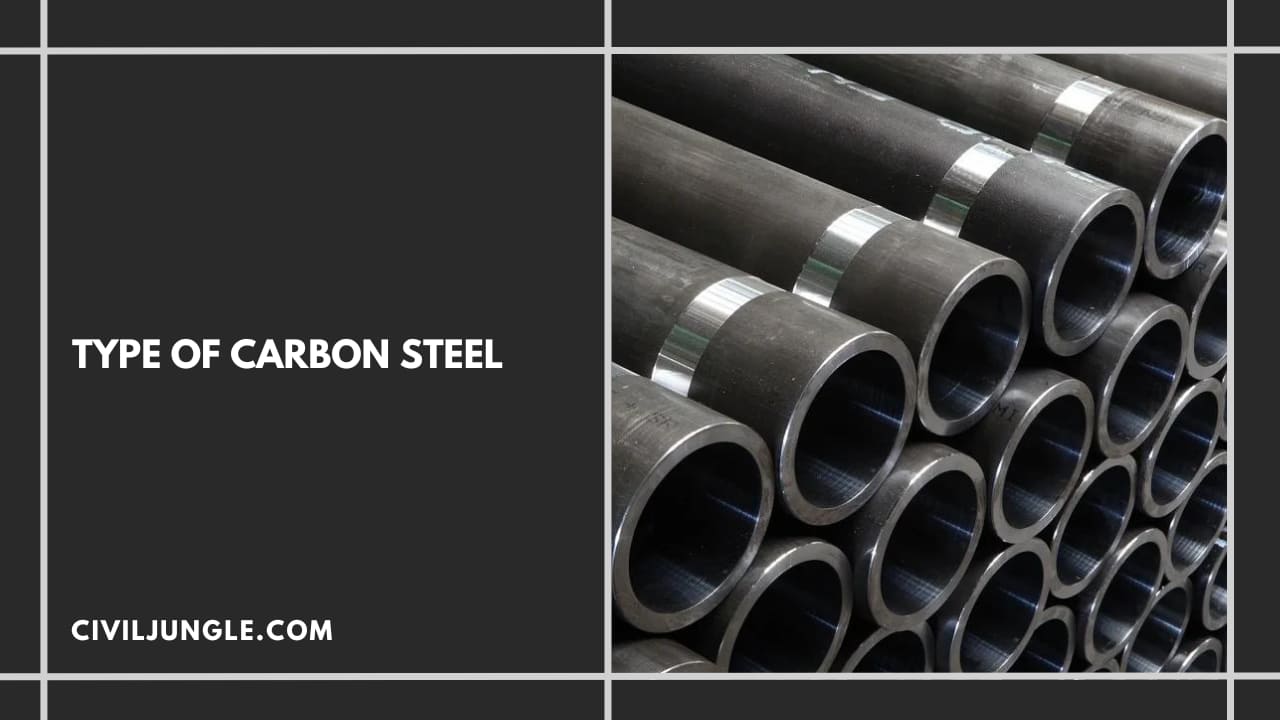
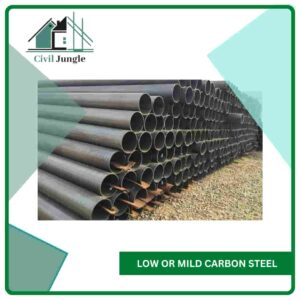
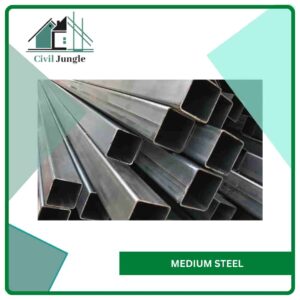
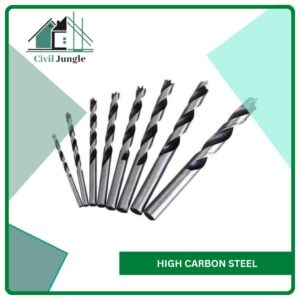
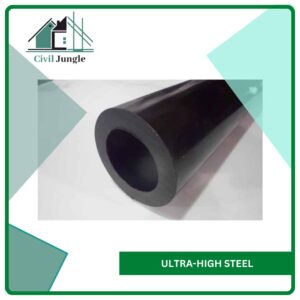
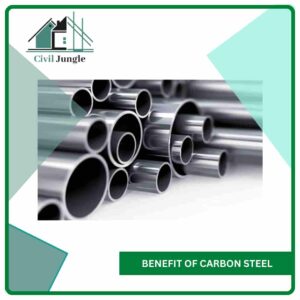
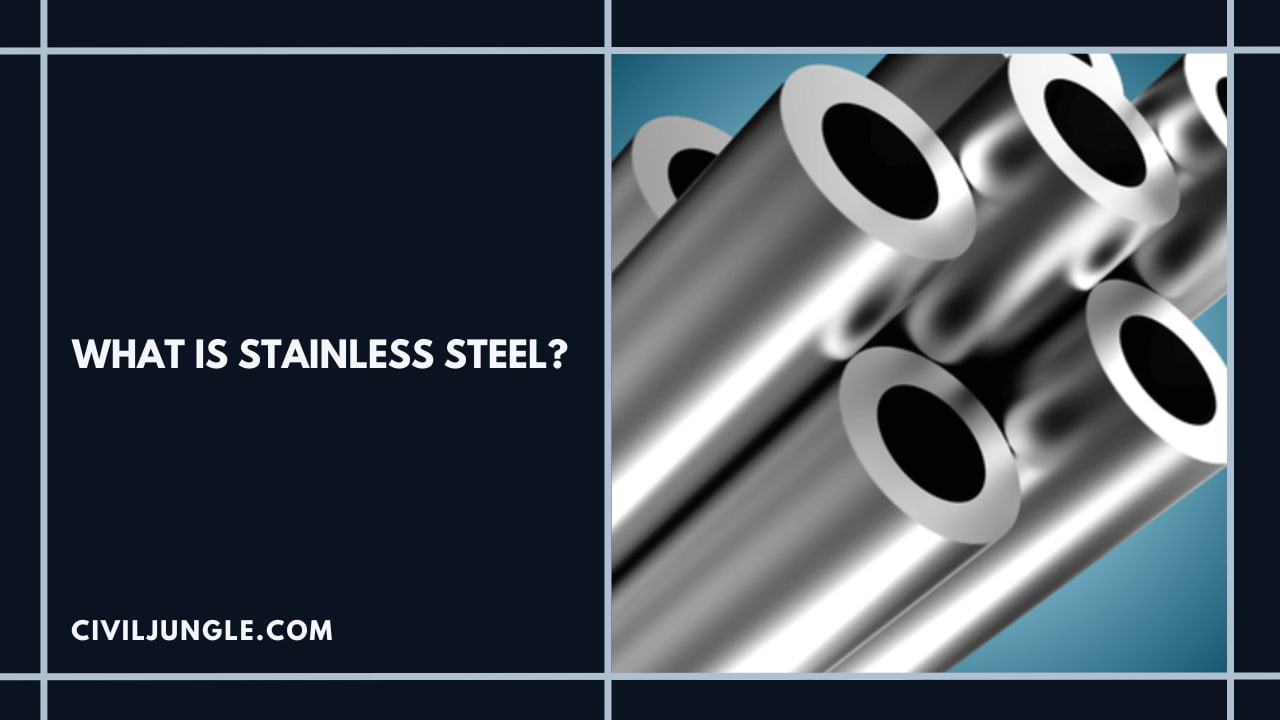
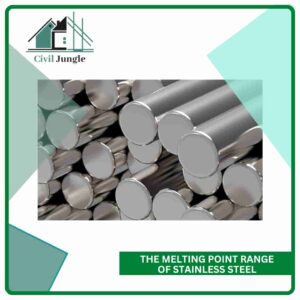
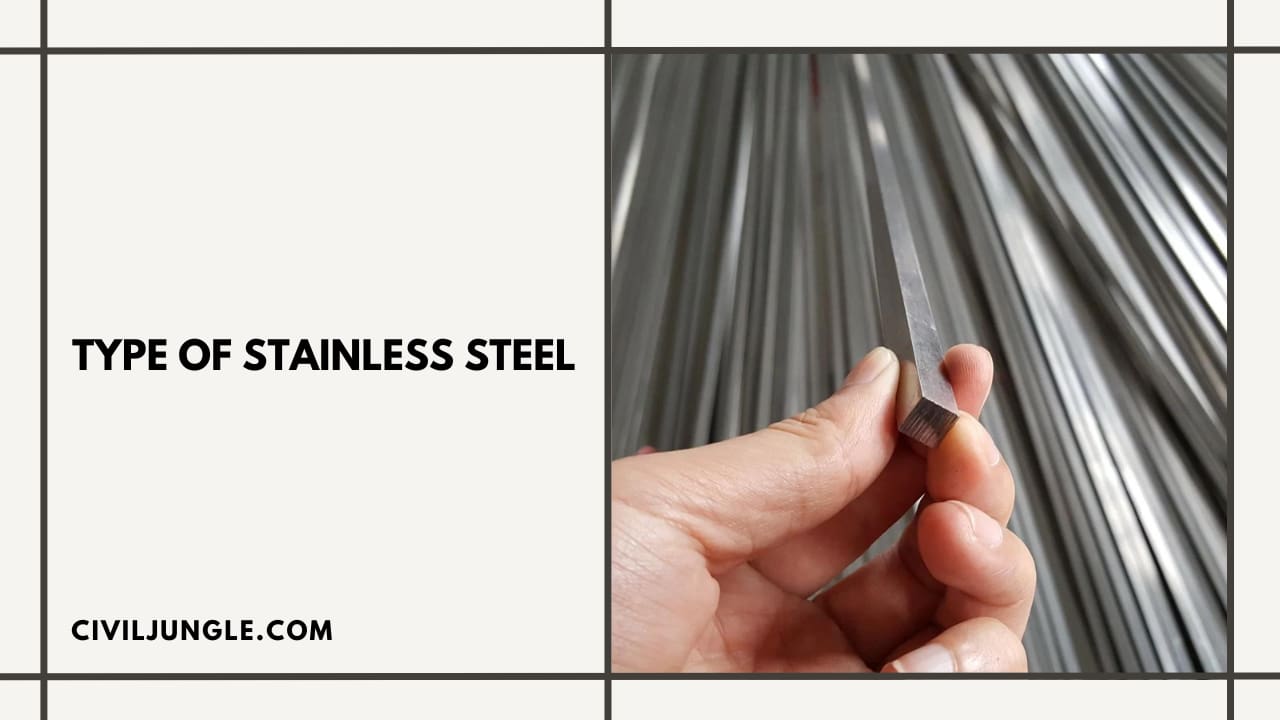
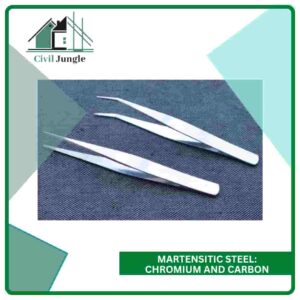
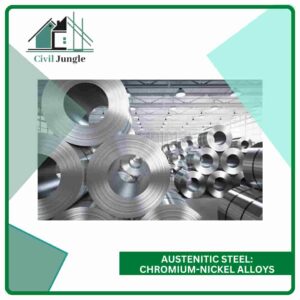
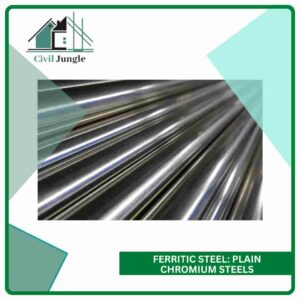
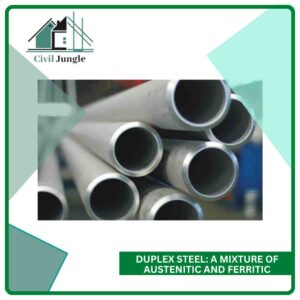

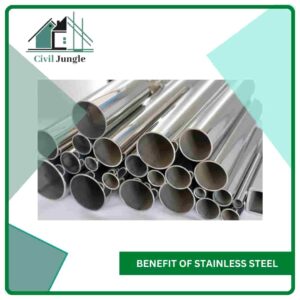
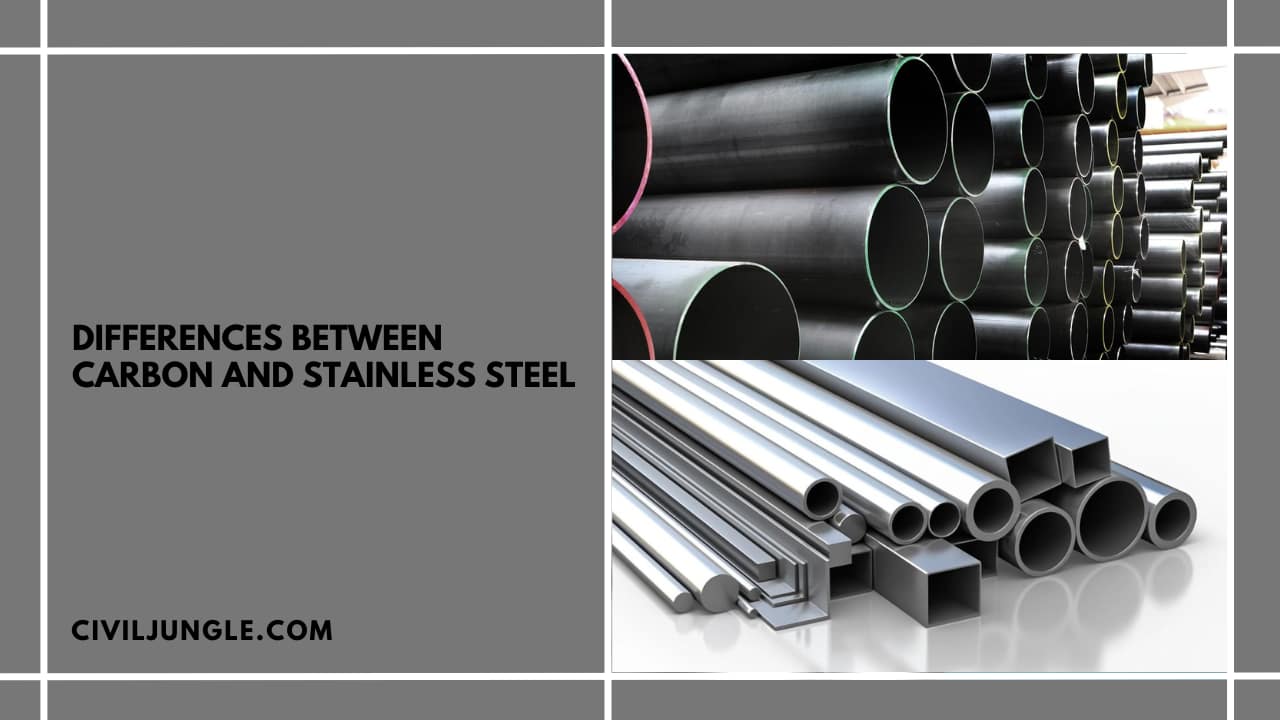
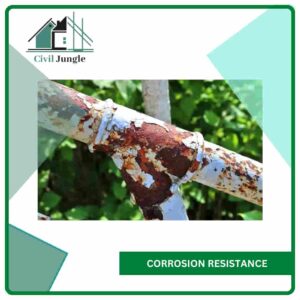
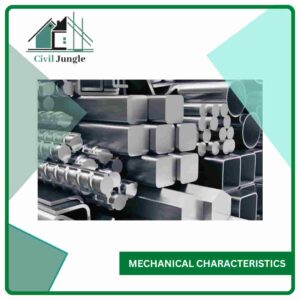
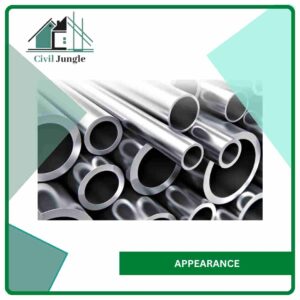
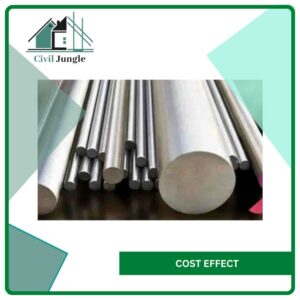

Leave a Reply